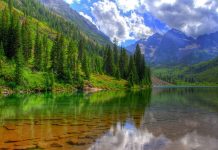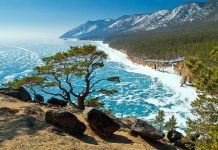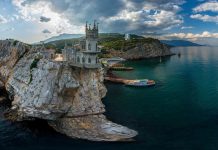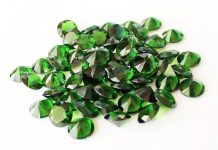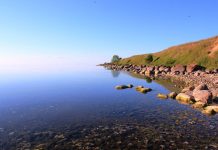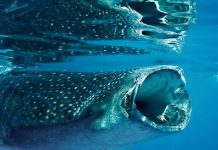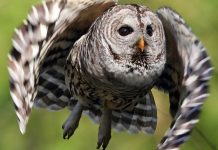On the territory of Russia there are about 3 million lakes of different area, depth, shape and with a mass of other qualities that distinguish these reservoirs from each other. Most often they talk about Baikal, Lake Seliger, Lake Ladoga, Chudskoye and Onega. The system of the great lakes of Europe mostly consists of Russian lakes:
- Onega:
- Ilmen;
- Ladoga;
- Pskovo-Chudskoye.
The last lake in this system is Saima in Finland.
Lake Baikal
Lake Baikal, unique in its properties, is located in Eastern Siberia on the territory of Buryatia and the Irkutsk Region. In the immediate vicinity of the reservoir there are mountains with snow caps, which give the climate around the special properties. The area of the lake is 31,722 square kilometers. In terms of depth, Baikal ranks first among all the other lakes in the world - 1,637 meters in the deepest place. The length of the reservoir is 636 kilometers, and its width is 80 kilometers.
Even in the warmest season, the water temperature reaches a maximum of 9 degrees with a plus. Crystal clear water allows even at a depth of 40 meters to see a variety of objects.
There are 22 islands on the lake. The largest of them is called Olkhon. Unfortunately, there is a pulp plant on the shore, which dumps its wastewater into this natural wonder. The reason why the plant is not transferred to another place or not closed at all remains a mystery, since Baikal is an object of the World Natural Heritage and must be protected from such attempts on its purity.
 Ladoga lake
Ladoga lake
Lake Ladoga is located in the north-west of the central part of the country. Its area is 17,700 kilometers. In the deepest place the depth is 230 meters. The main power source of the reservoir is nearby swamps and rivers flowing into it. The length of the coastline reaches 1570 kilometers, and the water volume is 908 cubic kilometers.
There are about 660 islands on Ladoga Island. The largest of them are Mantinsari, Kilpola, Tulolansari.
 Lake Onega
Lake Onega
Lake Onega is located in Karelia. Its area is 9690 square kilometers. The water in this lake is much cleaner than in Ladoga or Baikal. Thanks to the special qualities of Lake Onega tourism is developing in Karelia. They come here to relax, fish, hunt and just enjoy the scenery.
Chudskoye (Pskovo-Chudskoye) lake
Lake Peipsi is quite large, 30 rivers flow into it, and only Narva flows out. The surface of the water surface is 3,550 kilometers. This is the fourth largest lake in Europe. The average depth is 15 meters. There are 29 islands on Lake Peipsi.
In the history of this place is important. It was here that on April 5, 1242, an important battle took place called the Battle of the Ice. Now the lake has a transport connection with Estonia.
 Lake Ilmen
Lake Ilmen
Ilmen stretches across the north-western part of European Russia. The surface area is 55 square kilometers. Rivers flow into the reservoir:
- Msta;
- Lovat;
- Paul;
- Shelon
Food also comes from nearby marshes.
The first hydroelectric power station in the USSR was built on this lake. Now they carry construction material in the Ilmen.
 Hantai Lake
Hantai Lake
Another large lake in Russia is located in the north of the Krasnoyarsk Territory. Its area is 58 square kilometers. The depth of the reservoir reaches 420 meters in the deepest place. The lake became the source for the river Hantaika.
This reservoir is characterized by stunning views of nature and many tourists come here every year. During the USSR, the reservoir was a reservoir.
Seliger
This famous lake is located in the north-west of the Valdai Upland. The surface area is 212 square kilometers. 160 picturesque islands scattered throughout the lake, the largest of them is considered Hachin. The length of the reservoir in length is 66 kilometers and 37 kilometers in width. The depth in the deepest place reaches 24 meters.
The main source of food Seliger are glaciers. The shores are dotted with bays and bays, covered with forests of relict pines. 110 rivers flow into Seliger. In a season tourists from different regions of the country come here in large quantities. For them, there are numerous tourist bases and campgrounds.
 Lake Taimyr
Lake Taimyr
The largest lake in the north of Siberia is called Taimyr. It is part of the Taimyr Reserve, and in the vicinity is boundless tundra.
Depending on the season, the surface area varies. If during the flood period it is 4,600 square kilometers, in winter it is already 1,200 square kilometers. The average depth of the reservoir is 2.8 meters, while in the deepest place the measurements show 26 meters. The average water volume in the lake is 13 cubic kilometers. The length from west to east is 190 kilometers, and the width, depending on the season, ranges from 15 to 20 kilometers. On the lake there are several large bays.
The lake was formed in a tectonic depression, which appeared due to the ancient glaciers. The largest river that flows into the reservoir is called Upper Taimyr, and the Lower Taimyr flows out of it. During the flood period the water level reaches 6 meters.Most of the year from September to June, the surface of the lake is covered with ice. In winter, the thickness of the ice crust reaches 3 meters. In summer, the water warms up only to 7 degrees with a plus, so it is impossible to swim in it.
To the attention of fishermen: in the lake live such commercial fish as muksun, arctic char, whitefish.
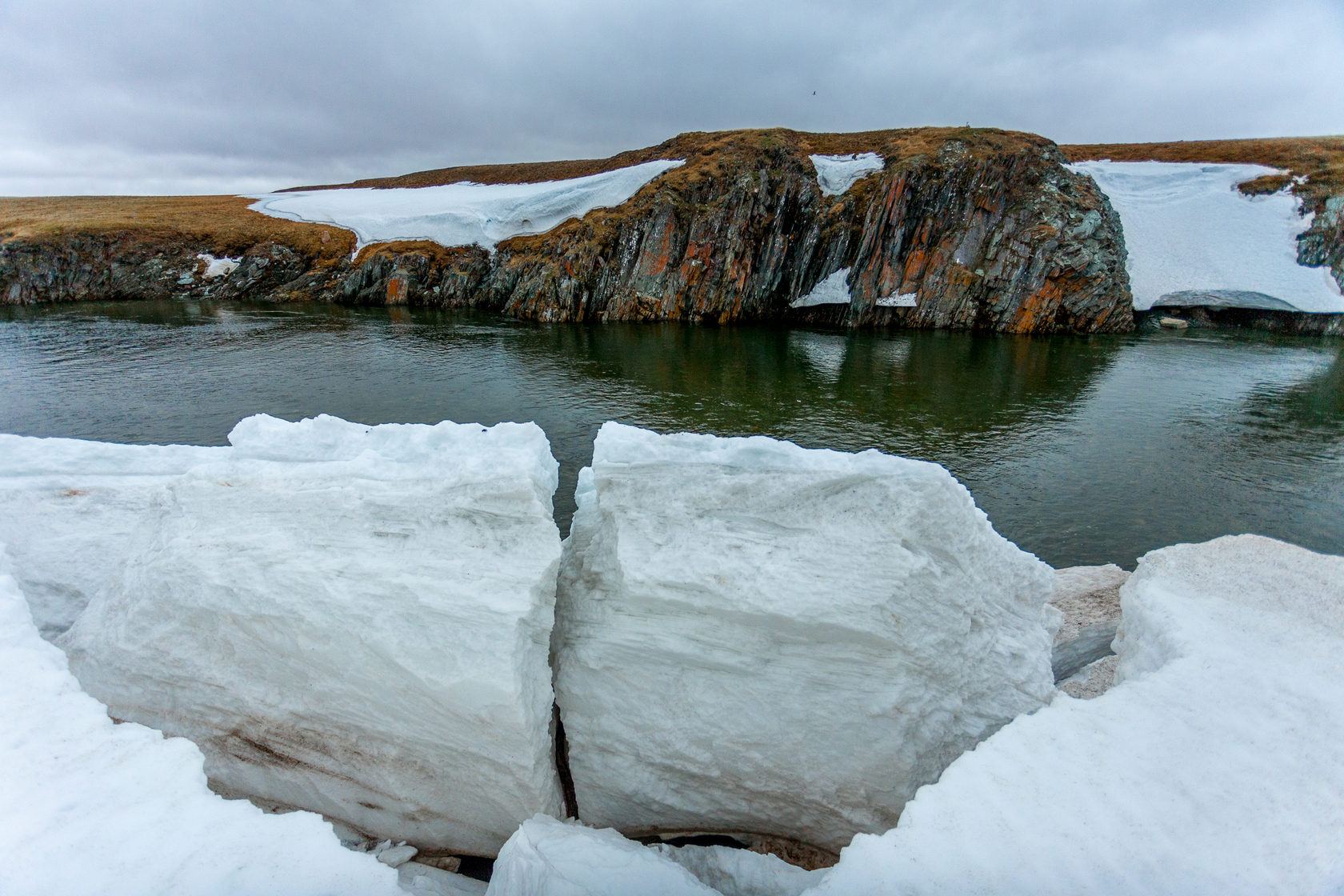 Lake hanka
Lake hanka
On the border of Primorsky Krai and the province of Heilongjiang (China) is located Lake Hanka. The state border passes through this reservoir. The lake bears the title of the largest freshwater reservoir in the Far East.
The water surface area with an average water level reaches 4000 square kilometers. The length of the reservoir is 95 kilometers. In the deepest place, measurements show 10.6 meters with an average depth of about 3 meters. The average volume of water for the year is 18.5 cubic kilometers.
Nutrition of the lake is mainly rainwater. The reservoir itself is in the so-called tectonic depression. At the same time 24 rivers flow into it, and only one flows out - the Sungach.
In November, the water in the lake begins to freeze, and the reverse process begins in April. Among the commercial fish species, the presence of silver carp, rudd, carp, and others can be noted. Waterfowl nest around the lake. Part of the coast is included in the Khanka reserve.

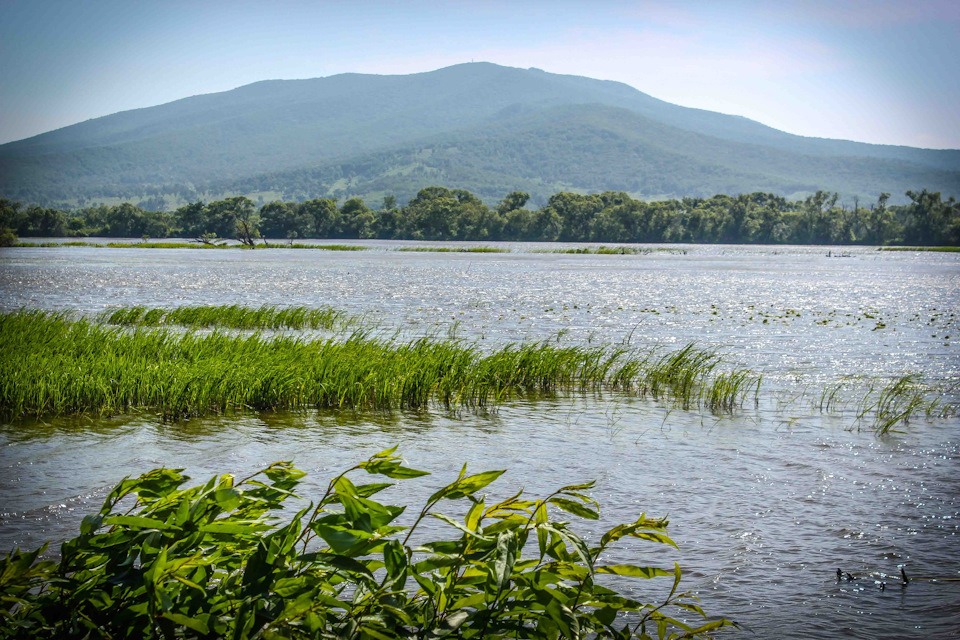 On the territory of Russia there are hundreds of thousands of lakes, the beauty and uniqueness of which can be told endlessly. The riches of the nature of the country make it possible to study them throughout their lives and not even learn a hundredth part of their history and specifics.
On the territory of Russia there are hundreds of thousands of lakes, the beauty and uniqueness of which can be told endlessly. The riches of the nature of the country make it possible to study them throughout their lives and not even learn a hundredth part of their history and specifics.






















